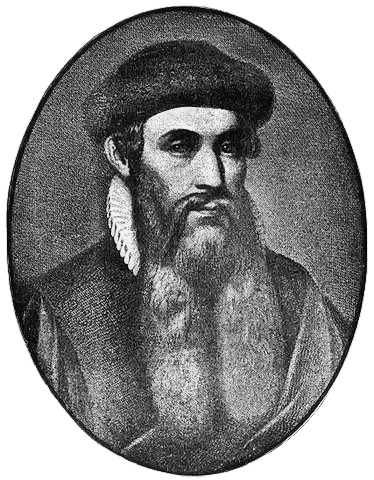
In the pre-Gutenberg world, books needed to be written by hand. This meant that in Europe, they were written in Latin so as to be universal. Generally, you could not waste a book on just the German speakers, for example. This meant, obviously, that only the most educated few had access to whatever knowledge was preserved in writing.
With Gutenberg’s 1440’s invention of mechanical book production, however, the time and expense of book publication fell precipitously, and this allowed for the dramatic rise in publication of books in many languages (which are essentially smaller, more specialized audiences). It also allowed for an ever-increasing array of acceptable subject matter.
The result in the 18th century was manyfold and expansive, including (among other things) the novel, the newspaper, the magazine, modern democracy, and the scientific revolution. All these new things allowed for the further expansion of what could be written about and how fast information was able to spread. The process only amplified in the 19th century with such things as the “penny press,” starting in the 1830’s, through which printable subject matter was eventually expanded to include almost anything of interest to readers.
To quote the famous first words transmitted over the telegraph: “What hath God wrought?” … “Have you any news?”
Prior to the mid-19th century, the speed of the news was limited by that of the ships and horses that carried it. This all changed due to an 1844 Samuel Morse patent for the telegraph. As a consequence of this device, and the subsequent building of a global network of underwater cables, when Mt. Krakatoa exploded in 1883, news of the event was distributed globally literally overnight. Things only accelerate from there.
In the 20th century, with the advent of mass communications, things get pretty messy in terms of the progress toward servicing the interests of a tightly defined audience, but newspapers and subsequently radio continue to distribute the news ever faster, with ever-increasing range and diversity of content. Radio serves to shorten even further the delivery time for news. Television temporarily reverses the course of specialization with mass-focused content, but the late 20th century developments of Internet communication recapture and overtake this lost ground, delivering content to ever more specialized audiences at ever greater speeds, while continually reducing the threshold of what qualifies as news.
This brings us to Twitter.
So, here we are, still at the threshold of the 21st century, and what qualifies as news as defined by Twitter is “what I’m doing right now,” and my audience is a group of interested followers who get this personalized “news” content from me delivered to their desktop (or phone), essentially live and as it happens.
To quote the famous first words transmitted over the telegraph: “What hath God wrought?” … “Have you any news?”


Ask for help.
We are kind, thorough and ready when you are. You just need to ask.